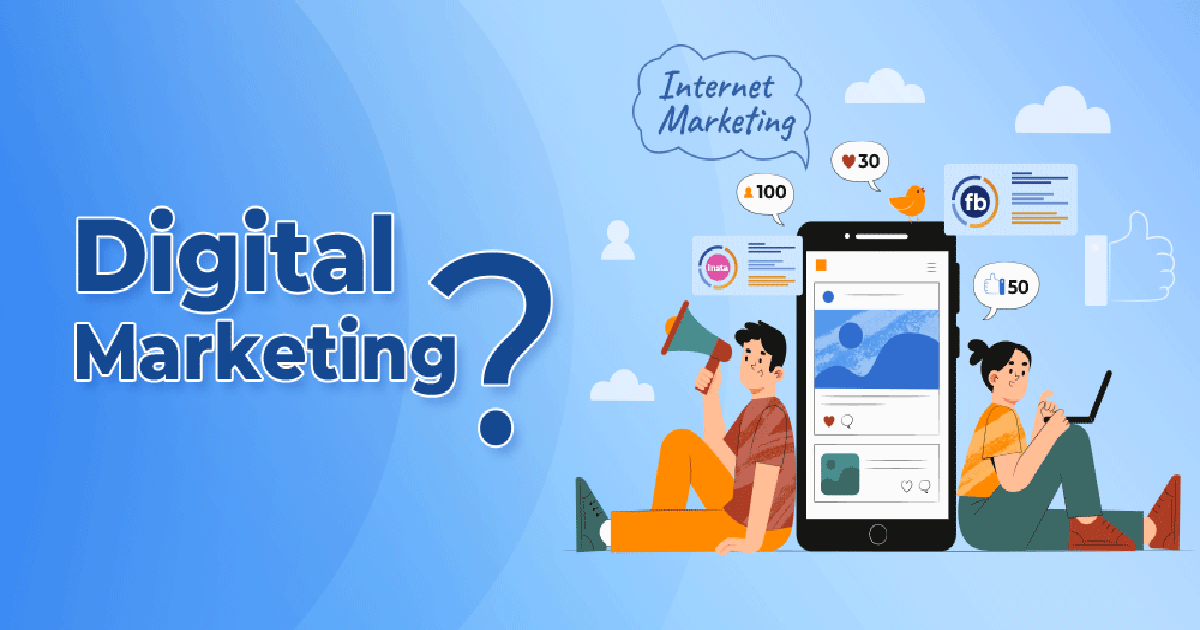
The Internet of Things (IoT) at Digital Marketing
The Internet of Things (IoT) has a significant impact on digital marketing by introducing new opportunities for data collection, customer engagement, and personalized experiences. Here are some ways in which IoT is influencing digital marketing:
- Data Collection and Analytics:
- IoT devices generate massive amounts of data through sensors and connected devices. Marketers can leverage this data to gain insights into consumer behavior, preferences, and habits.
- Analyzing IoT-generated data helps marketers understand customer journeys, allowing for more targeted and personalized marketing strategies.
- Personalized Marketing:
- With IoT, marketers can create highly personalized and context-aware marketing campaigns. For example, smart devices can provide real-time data about user preferences, allowing marketers to deliver personalized content and offers.
- Personalization based on IoT data can enhance the customer experience and increase engagement.
- Location-Based Marketing:
- IoT devices often have geolocation capabilities. Marketers can use this information to deliver location-based advertisements and promotions to users in specific geographic areas.
- For example, a retail store could send special offers to customers' smartphones when they are in proximity to the store.
- Customer Engagement and Experience:
- IoT enables marketers to create interactive and immersive experiences. For instance, smart home devices or wearables can be integrated into marketing campaigns to engage users in unique ways.
- Connected devices can also be used to enhance customer support and provide proactive assistance, improving overall customer satisfaction.
- Smart Products and Services:
- IoT allows for the creation of smart products and services that can communicate with each other. Marketers can capitalize on this connectivity to create ecosystems around their products, offering additional value and convenience to consumers.
- For example, a fitness tracker can communicate with a health app, providing users with personalized fitness recommendations and promotions on related products.
- Voice Search and Virtual Assistants:
- As IoT devices integrate with virtual assistants and voice-activated technologies, marketers need to adapt their strategies for voice search optimization.
- Optimizing content for voice search becomes crucial as more users interact with IoT devices using voice commands.
- Security and Trust:
- As IoT involves the collection and transmission of sensitive data, ensuring the security and privacy of customer information is paramount. Marketers need to prioritize building trust with consumers by implementing robust security measures.
- As IoT involves the collection and transmission of sensitive data, ensuring the security and privacy of customer information is paramount. Marketers need to prioritize building trust with consumers by implementing robust security measures.
In conclusion, the integration of IoT in digital marketing provides new avenues for personalized and data-driven strategies. Marketers who embrace and adapt to these changes can gain a competitive edge in delivering more relevant and engaging experiences to their target audiences.
